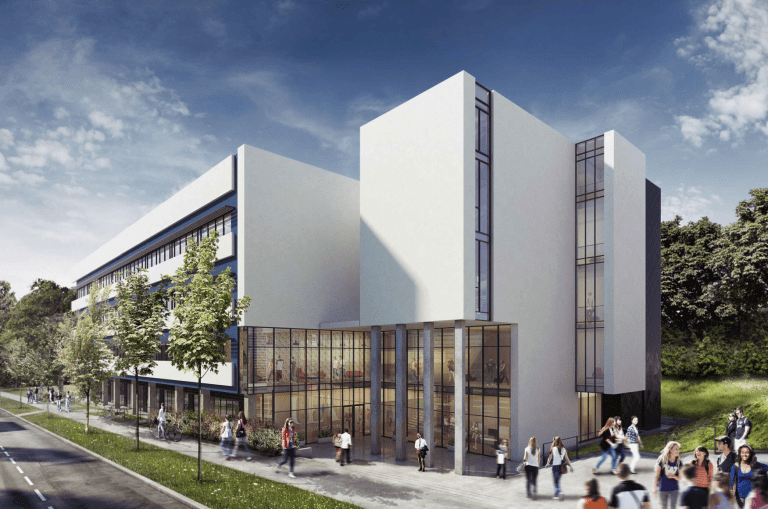SimScale, the world’s first provider of cloud-based engineering simulation solutions, has announced an upcoming webinar to teach HVAC system designers and mechanical engineers how to predict and improve thermal comfort, energy efficiency and performance of their designs. The webinar will be presented on March 27, 2018 at 5:00 PM CET (11:00 AM ET). Diverse building codes and strict sustainability and energy efficiency requirements are driving the need for new innovative air conditioning strategies. Traditional design methods—such as hand calculations—involve many simplifications and assumptions, limiting the accuracy of the results. Computational fluid dynamics (CFD) simulations, on the other hand, enable engineers to virtually analyze multiple HVAC system design configurations, visualizing the differences in flow velocity, density, and thermal impact, making it easier to accurately identify the best solutions. Nonetheless, until recently many engineering companies have been slow to adopt the technology, citing restrictions such as cost, unreliability, and inaccessibility. Although it can save weeks of design time and thousands of dollars in costs, engineering simulation has been expensive to use itself, requiring investments of over $40k in hardware and licenses of on-premises software. The emergence of easy-to-use cloud-based solutions have challenged the status-quo in recent years. Based in Germany, SimScale makes very complex simulations easily accessible via a standard web browser. With a free Community account, anyone in the world can set up and run multiple simulations, then post-process the results using a basic laptop or PC with an Internet connection. Today, more and more engineers are integrating cloud-based CFD into their design validation process which enables them to design comfortable environments at a reasonable cost. “We are moving forward from times when it was enough to calculate air volume in-out balance to ensure comfort in an office space,” said Dr. Pawel Sosnowski, Customer Success Engineer at SimScale. “With CAE tools provided by SimScale you can bring your ventilation design to the new era of engineering.” In this 30-minute webinar on March 27th, participants will learn how CFD simulation in the cloud can help air conditioning system designers ensure compliance with energy efficiency and thermal comfort standards, such as ASHRAE 90.2 and ASHRAE 55, and obtain a detailed overview of the air circulation within a building, essential for optimizing their designs. No prior simulation knowledge is required to participate, and SimScale provides free access to its CFD software via the Community account. Register here for this free webinar taking place on March 27th, at 11:00 AM ET / 5:00 PM CET. If you cannot participate in the live session, the organizers will be sending the recording to all registrants by email.







